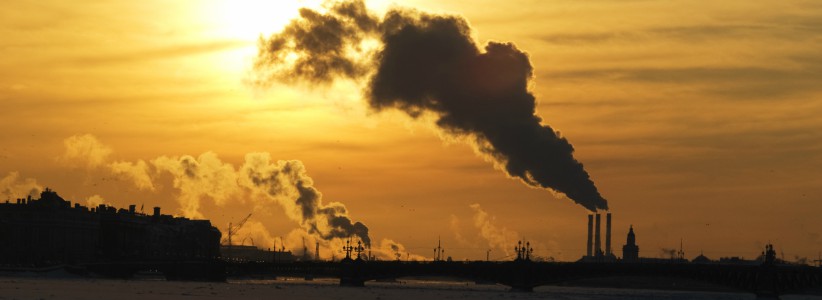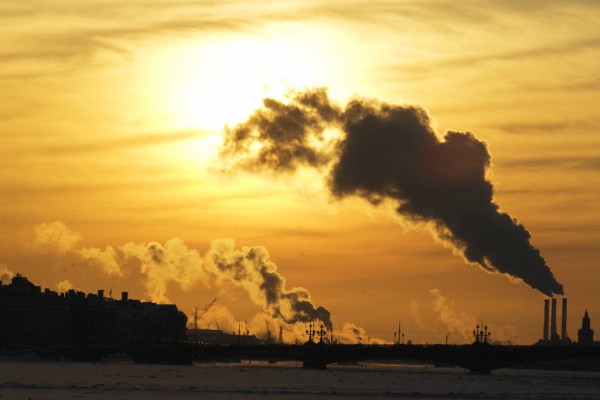Did you know that for every kWh created for electricity – 2 kWh of heat is wasted? Or that the UK throws enough heat to fulfil our total demand in heating? Our latest blog looks at recycling the heat that we currently are wasting in our cities and industries.

The environment and waste are big news; with China making headline stories with their foreign garbage ban and Marks and the uproar on Marks & Spencer’s Cauliflower steak excessive packaging– its likely to remain a hot topic for some time. It goes without saying that more legislation is warranted for the way we recycle but often over looked is the recycling of heat that we are wasting.
Fact: Heat generates 38% of the total UK emissions – 33% of this is from domestic gas use.
Bicester burning with sustainable ambition
With the county council keen to cut its multi-million landfill costs, Viridor was awarded a contract to construct an incinerator at Ardley near Bicester. Not only is the facility capable of burning 300,000 tonnes of waste annually, but it will generate enough electricity to supply 38,000 homes. But what about the heat?
Making use of waste heat
While space heating accounts for as much of our total energy usage as transport and electricity generation together, power stations and heavy industry are guilty of ‘dumping’ heat which could be used elsewhere.
A key to solving this would be the much greater adoption of district heating systems: where communal mains distribute medium or high temperature hot water to homes and other buildings across a wide area – a concept explained in our eGuide, Design for the Future.
Although the idea has never achieved the popularity it enjoys in Scandinavia, Britain has schemes dating back more than half a century, and Government backing is again helping to push its huge potential. Recovering heat from burning refuse is just one approach already proven in places like the London Borough of Lewisham, with another major plant just coming on stream in Oxfordshire.
Examples of good practice can be seen in places such as Sheffield, Nottingham and other cities, yet typically, such waste burning stations squander more heat energy than they generate in electricity.
Future thinking: Distributing the heat lost
No definite plans exist to use the surplus from Bicester, nor even to route waste heat from the delayed Hinckley Point nuclear power station to less densely grouped residential properties in its region. Meanwhile most of our other ageing power and new power stations continue to use the sea, cooling towers as a heat sinks, and many coal fired stations run at efficiencies of below 50 per cent.
To understand what a lost opportunity this is, we can look at the example of a Swedish district heating company where a hugely impressive 96 percent of its input comes from recycled sources: including industry, incinerators, sewage farms and then, during the coldest weather, Combined Heat and Power plants running on biofuel.
In the future, all of these heat sources could be connected to UK consumers who require affordable warmth, via new district heating schemes.
Key takeaways
- There is now more pressure on the UK to recycle our waste meaning more heat is likely to be wasted
- We currently throw away enough heat to fulfil our total demand in heating
- It is not a planning requirement to recycle waste energies such as heat from incinerators
- District heating could be key to manoeuvring heat to where we need it



